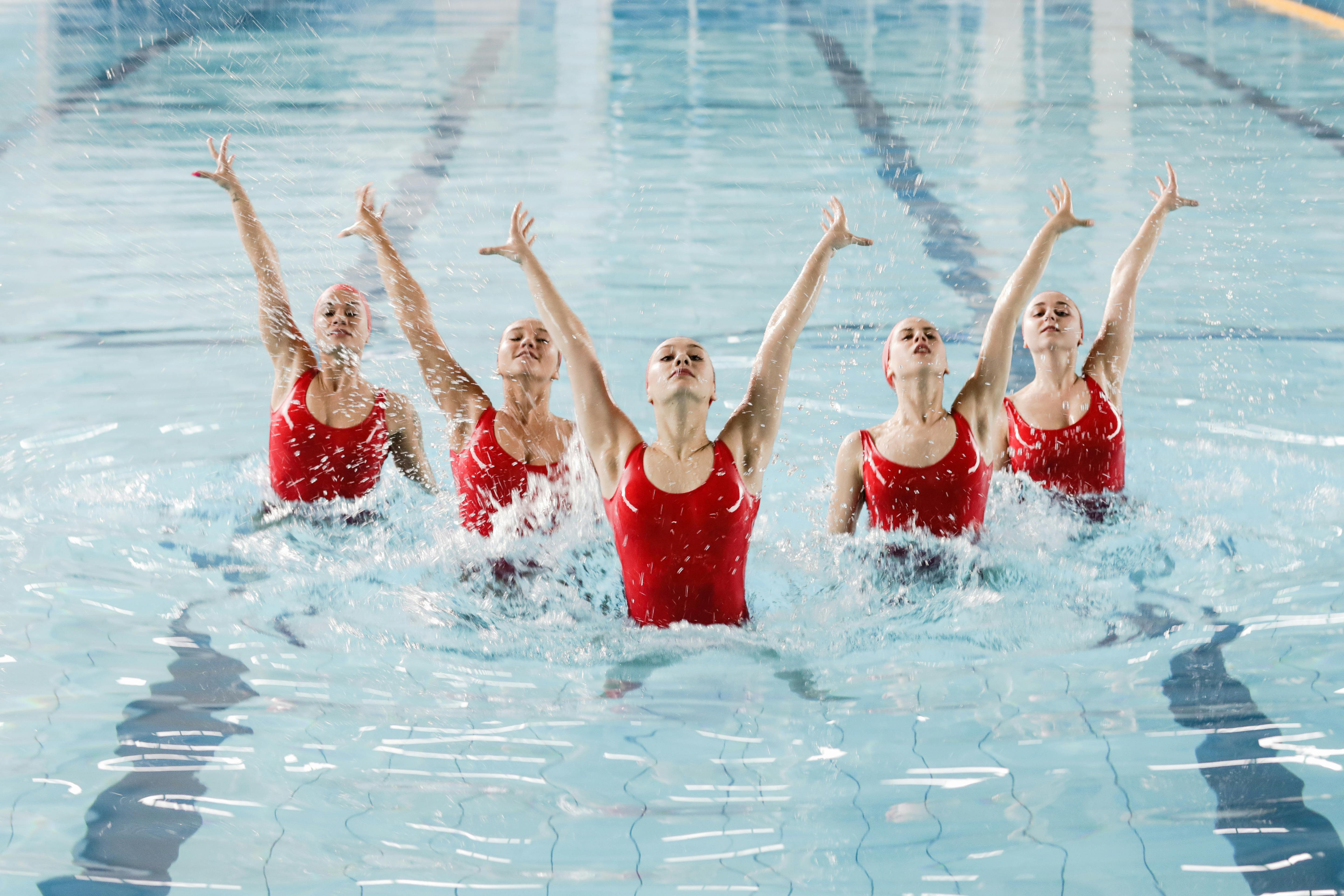The Intriguing Dynamics of Synchronized Swimming: An Exploration into its History, Current Trends, and Future Developments
Synchronized swimming, often seen as a blend of dance and gymnastics in water, is a sport that truly demonstrates stamina, agility, and artistic expression. This spectacle of precision and grace, however, requires immense athletic ability, meticulous training, and mental tenacity. This article delves into the fascinating world of synchronized swimming, exploring its historical evolution, current trends, and future potential.

A Dip into History: The Genesis and Evolution of Synchronized Swimming
Synchronized swimming’s roots can be traced back to the late 19th century when it was known as ‘water ballet’. However, it was not until the 1924 Paris Olympics that synchronized swimming started gaining recognition as a competitive sport. In the 1930s, it became popular in the United States due to the influence of water shows and Hollywood films. The sport’s competitive nature was further established when it became an official sport in the 1984 Los Angeles Olympics.
Current Waves: The State of Synchronized Swimming Today
Synchronized swimming has evolved dramatically over the years, both in terms of technique and presentation. Today, it is a dynamic sport that blends aerobic endurance, strength, flexibility, and artistic creativity. Teams are constantly pushing the boundaries, incorporating acrobatics, dance, and gymnastics to create increasingly complex routines. The sport is also becoming more inclusive, with the rise of mixed-gender duets in competitions.
The Art of Training: The Methodology Behind the Grace
The training regimen for synchronized swimmers is intensive and multifaceted. It includes endurance training, strength training, flexibility exercises, and of course, choreography practice. The swimmers also work on improving their ‘eggbeater kick’, a technique crucial for maintaining stability and height in the water. Mental training, including visualization and meditation, is equally essential, given the high levels of concentration the sport demands.
Beneath the Surface: The Challenges and Triumphs of Synchronized Swimming
Despite its beauty and athletic demands, synchronized swimming often struggles for recognition and funding. Yet, the sport has seen a steady rise in popularity, with increased media coverage and growing participation rates worldwide. It has also been a platform for promoting teamwork, discipline, and body positivity, making it much more than just a sport.
Future Ripples: The Prospects and Potential of Synchronized Swimming
The future of synchronized swimming looks promising. There is a growing interest in the sport, and efforts are being made to make it more accessible and diverse. The inclusion of mixed-gender duets in the Olympics is a significant step in this direction. Technological advancements are also expected to play a role in enhancing training methods and performance analysis.
Synchronized swimming is a blend of athleticism and artistry. It is a sport that demands commitment, dedication, and a love for creativity. As we dive deeper into understanding this captivating sport, we can appreciate the efforts, challenges, and triumphs of the athletes and look forward to the exciting developments that lie ahead.




